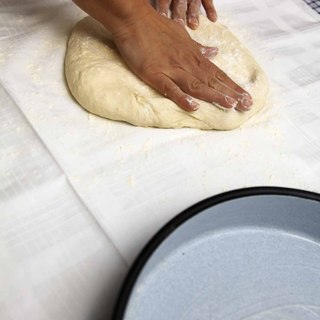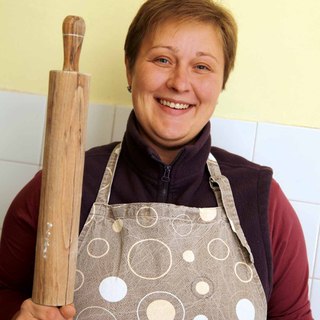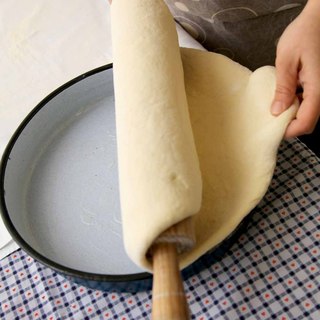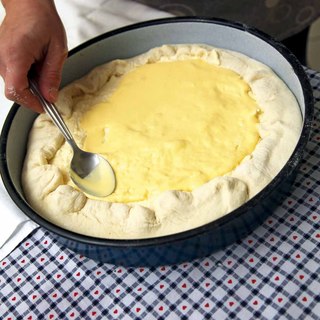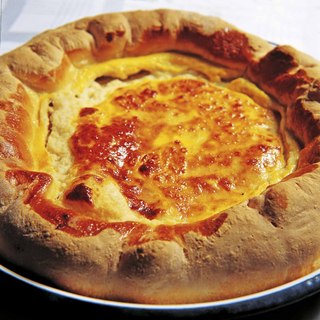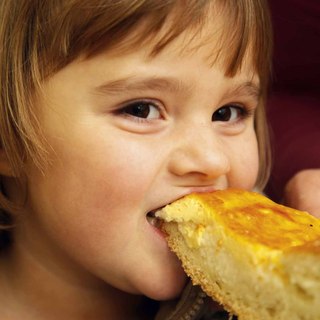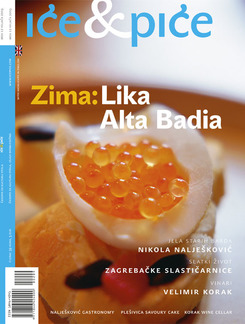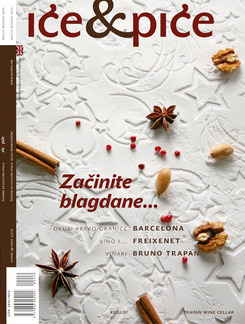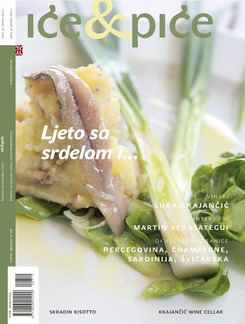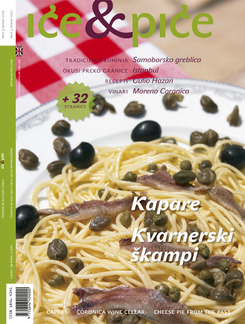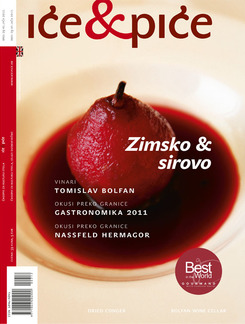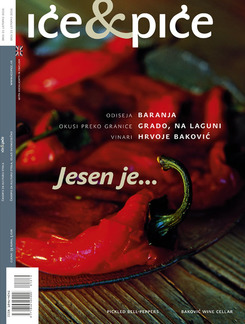When, long ago now in 1981, the foodie event What Our Old Folks Ate was first held, the fever of nostalgia had not yet overtaken Croatian kitchens. That was the time when we were first trying out Chinese (the first Chinese cookbook in Yugoslavia was public in 1976), going to delicatessens in Trieste, a time when we learned that pasta with mince was called Bolognese and made it a part of everyday home cooking. There was not much thought at the time of traditional foods, although grandma’s cooking, like today, had an unimpeached place in the imagination of the gastronome and the culture of the table. And gastro events were an unknown category, though there were no church fetes, fiestas and so on without ample bites for the occasion, and yet, the spits and the deep frying dishes were still not the cause of popular jollies, rather their logical consequence. The festivity of local, vernacular cooking in Vrbovec was, as far as I know, the first such event in Croatia. It came into being twenty years before the rage for traditional cooking festivals, the various pumpkinfests, chestnutfests, struklifests, salamifests and such like tourist come-ons for those tired of the accelerated cuisine that the tempo of life forces up on us. International cuisine with cookbooks like 101 World Recipes is no longer a source of gourmet excursions off into the unknown, for it has been replaced with ethnic, regional and local cooking styles. Refined haute cuisine-canonised dishes have become less interesting than comfort food, the modest home-style cooking that tells us of the past and slips back into history. The region of Vrbovec was the first to turn to the old dishes of grandma and great –grandma, the vernacular everyday and high-day cooking, corner stone of its identity. In the first years the events What Our Old Folks Ate women from Vrbovec, now of course under the aegis of the association of Vrbovec women, undertook to revive the lesser-known old dishes. At the end of a triumphant sequence, of leek soup and chicken paprikash with pasta flakes, right at the first year a cake came to the fore that today, some thirty years later, is on the right road to become the comestible mascot of the whole region. Pera really has become and has remained a constant of all Vrbovec events down to this very day.
Nothing without cheese and cream
It’s a time of dreaming up and at the same time of standardising Croatian cuisine. Dishes and recipes have found places for themselves in the registers and lists of the intangible heritage, and the concept of culture is getting more and more tied up with food and eating habits. While some holiday loaves, strukli and the occasional cheese are among the protected few, somehow we don’t actually manage to see the protection of cheese (quark) and (sour) cream, which are the foundations of inland Croatian cooking. The north might perhaps be indifferent to, or perhaps just impatient, of cheese that has no chance to age, but its cuisine is incredibly rich in variations of dishes using quark and sour cream. A favourite breakfast or supper dish, sweet or savoury component of many a dish, strudel, liptauer, dumplings to the famed strukli that are the fashion models of the Croatian export gastro identity. As in the advert for margarine that, unfortunately, gets into everything, cheese and cream are a source of inexhaustible inspiration. There is the miner’s pie (greblica) and various other local models or variants called zlevanka and copanjak, all of which have as their base quark and sour cream. It’s the same with pera, too. At first glance pera looks like a rich, golden flatbread, but it is really a kind of flan, the more interesting that it has its dough on the bottom alone. Pera reveals its wealth at once, not even attempting to hide the stuffing between two layers of dough. It’s a dish that candidly reveals its insides at once, including only dough, quark, sour cream and eggs. Nothing complicated, nothing, refined, nothing exotic, but when it comes warm out of the bread oven, which is its natural habitat, in which it developed, pera is an excellent savoury cake indeed. It’s actually very similar to the quiches that made the fame of France and the bruschettas and pizzas with which the Italians conquered the world. Round and gold like a full moon, this pie is stuffed with cheese and cream and eggs and deserves a place among excellent snacks. Simple and quick to prepare, as our quotidian dictates, traditional and old, as fashion requires.
Working lunch
Imagine an early afternoon, nice time for an early lunch, second breakfast, elevenses, a small bistro. In tasty surrounds, you’re looking for a lunch to eat before returning to work. A light lunch, after which you don’t need to let your digestion work while sleeping a blissful hour or two. You might eat cepe soup and strudel, tomato soup and apricot dumplings, cauliflower cream soup and pancake cake. For traditionalists from the north it could be Friday, for vegetarians it really doesn’t matter.
On the chalk board is today’s menu – onion soup and quiche lorraine. You sip the redemptive soup, and the quiche melts in the mouth. While you breathe contentedly what a wonderful world it is, your co-worker angrily calls out Bill please. And like Mayer’s Red Rabbit jumps at the waiter, saying: I don’t want quiche, give me pera, or I’ll not set foot in the place again.
Pera is coming home
A traditional pera probably would not stand the test of time in Vrbovec area (Gradečki Pavlovec, Preseka, Gaj and Brčevec) without the help of the Original folklore ensemble Ogranak Seljačke sloge, Gradečki Pavlovec, its president Ms. Gordana Rajtar, our Ivančica Jegdić (who prepared pera – a traditional pie from Vrbovec area) and many other members of the folklore ensemble dating back to 1936. At the event Kaj su jeli naši stari (eng. What did our ancestors eat?) they sell traditional dishes pera and štrukle just to be able to finance numerous activities (such as children’s folklore, etc.). In those days, all housewives gather at the cultural centre and create a state of siege during food preparation. They share a great enthusiasm, but also admit that they are starting to feel lonely in their efforts. It is also a pity that one can taste real pera only few days a year.
